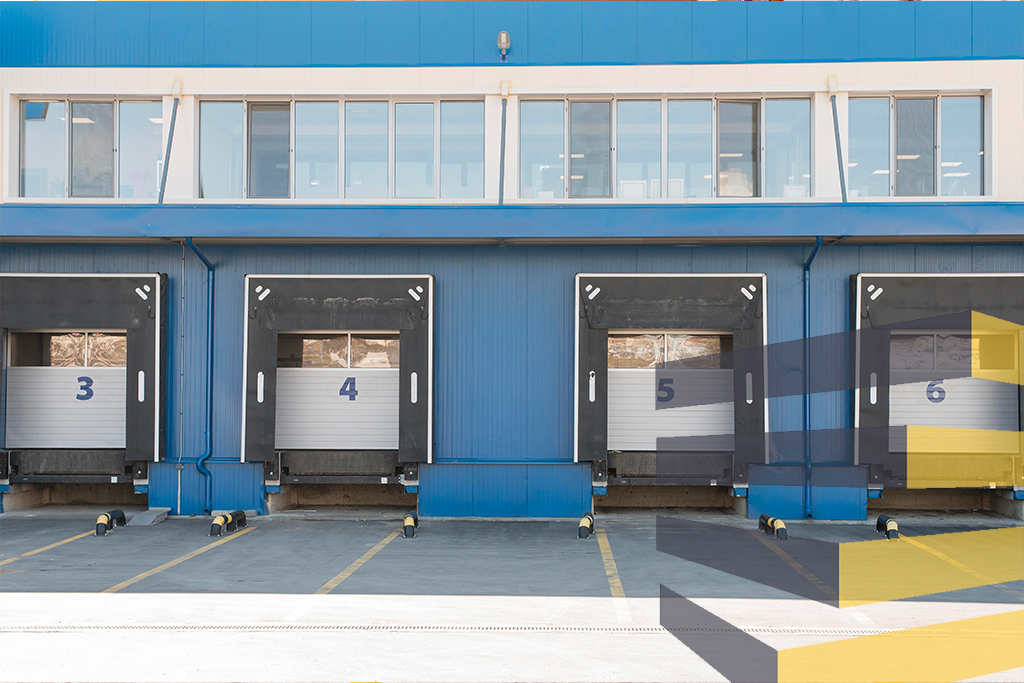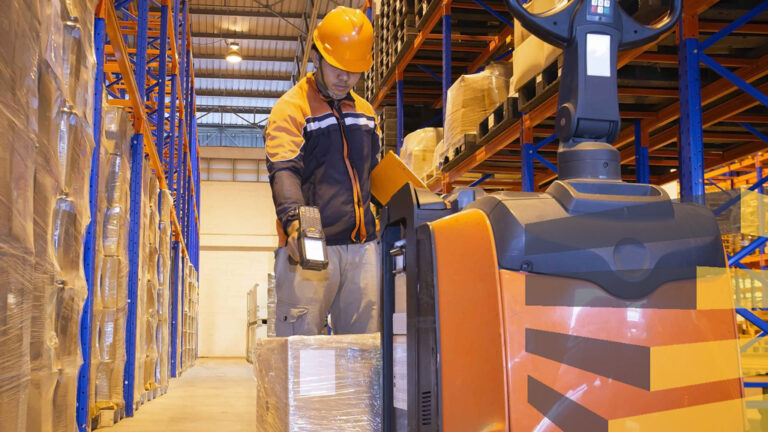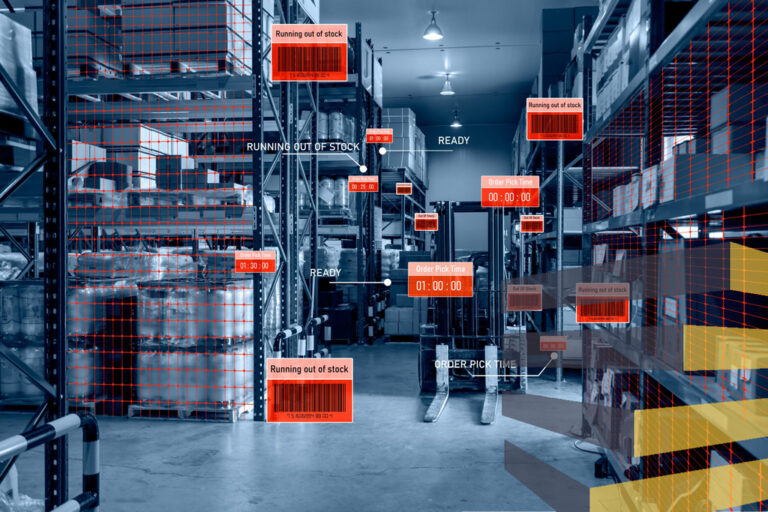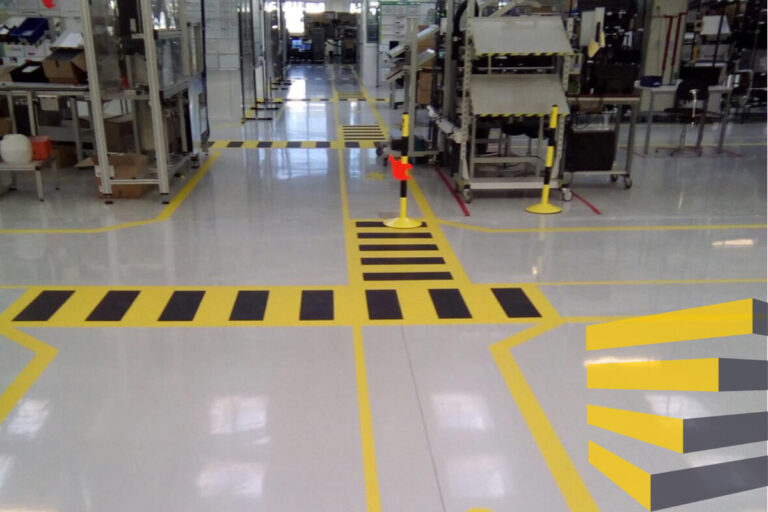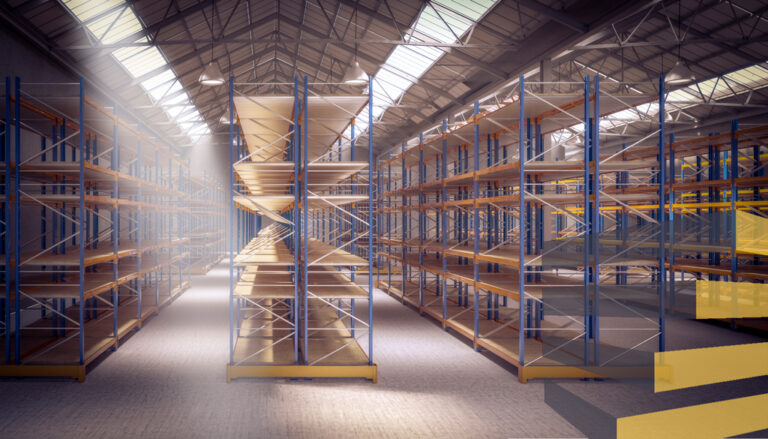Table of Contents
A logistics park, also known as an industrial park, is an area designed to service many different levels of the supply chain. They are usually found in strategically chosen locations, connecting local, regional and even global links in the supply chain.
Along with warehouses, a logistics park enables easier connection between the various steps of the distribution process by creating smooth movement, storage, and distribution of goods in different facilities. It’s an efficient way to improve the last mile by bringing the earlier steps closer together.
It’s important to understand the aspects that can be developed in different types of logistics parks to better accommodate your warehousing operations, as well as to decide whether or not bringing your warehouse facility to a logistics park is the best for your company, considering the benefits and challenges of this process.
Contact us for more information on logistics parks and warehousing.
Main types of logistics parks
As the need for efficient logistics solutions continues to increase, different types of logistics parks have evolved to cater to specific industry needs.
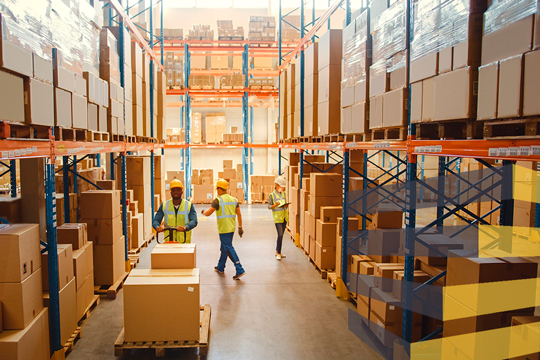
Warehousing logistics park
A general warehousing logistics park can serve multiple purposes for distribution centers and warehouses. They play a vital role in modern supply chains, especially in the context of e-commerce, where timely order fulfillment is critical. The area, size, and main characteristics will depend on the needs of its allocated facilities, leveraging the products, manufacturers’ location, and distribution destinies.
Cold chain logistics park
Beyond simple storage, a cold chain facility caters to the specific needs of temperature-sensitive goods, such as perishable food items, pharmaceuticals, and vaccines. These parks are equipped with specific refrigeration systems to maintain the integrity of a cold storage warehouse. Along with technology, location also plays a crucial role, as long transport distances and unexpected traffic can compromise product quality.
Free Trade Zones (FTZs) and Special Economic Zones (SEZs)
These are areas where businesses enjoy tax incentives, relaxed customs procedures, and other regulatory advantages. Companies operating within FTZs or SEZs can import raw materials and export finished goods with minimal customs duties. These logistics parks aim to attract foreign investment and promote international trade by providing a business-friendly environment.
Multi-modal logistics park
Multi-modal logistics parks serve as major transportation hubs, strategically located near seaports, railway terminals, and airports. The integration of multiple transportation modes helps companies to move their goods from one mode to another, diminishing transit times and optimizing overall supply chain efficiency. They are especially beneficial for businesses engaged in international trade.
Benefits of a logistics park
Leasing space within a logistics park gives an exceptional opportunity for businesses to expand their operations into untapped markets and enhance their distribution capabilities, creating plenty of benefits.
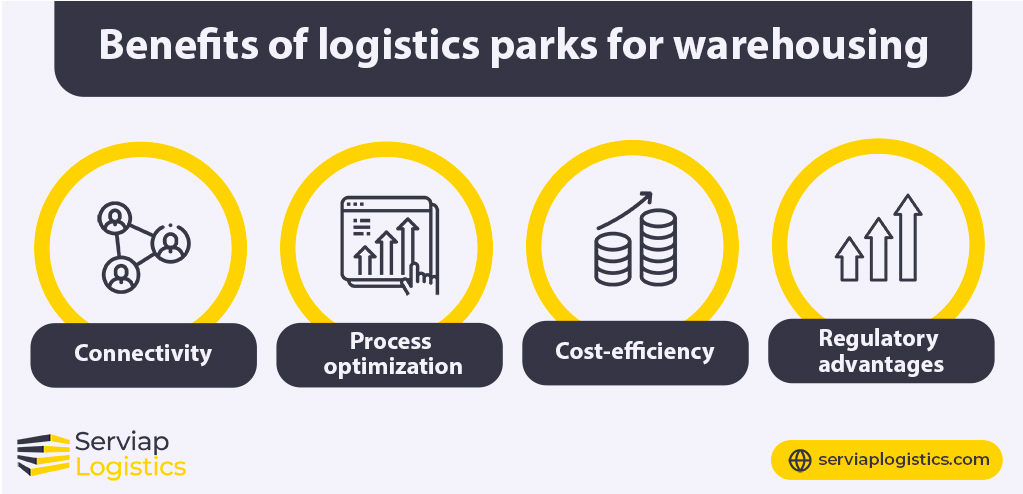
Connectivity
As logistics parks can typically be easily accessed by various transportation modes, this simplifies the movement of goods, diminishing delays. Also, being part of a logistics park fosters collaboration and networking opportunities for warehouse managers. Companies can interact with other parties in the supply chain, directing to conceivable partnerships.
Processes optimization
Logistics parks offer infrastructure for warehouses, distribution centers, and container yards, so these amenities put together help streamline logistics operations and enable companies to optimize their supply chain processes. Additionally, warehouses can tap into services like quality control, equipment assembly, and customs clearance within the park, eliminating the need to outsource to third-party providers.
Cost-efficiency
A logistics park also allows for cost-efficiency and economies of scale. Within the park, managers can pool their resources for transportation, warehousing, and value-added services, resulting in cost savings and increased operational efficiency. Also, logistics parks often offer pre-built infrastructure for rent, as well as accessible services for setting up your facility, which can add to cost reduction.
Regulatory advantages
As some parks are established in free trade zones or special economic zones, they can also provide companies with customs and regulatory advantages. Warehouses within these zones can enjoy tax incentives, simplified import and export procedures. They can seize many advantages that enhance competitiveness and boost international trade in legal compliance with regulations.
Warehousing in a logistics park: key considerations
Warehouses are responsible for efficiently handling inventory levels to contain stockouts, optimizing carrying costs, and ensuring a controlled supply to meet customer demands. This requires efficient signage, which often involves barcodes, and warehouse management systems. Cloud-based inventory tracking is a trend for facilities in a logistics park, as it allows you to manage several warehouses remotely.
With the rise of e-commerce, agile warehousing that can move stock quickly has become essential for order fulfillment. Managers must ensure proper picking, packing, and shipping procedures, enabling punctual deliveries to customers’ doorsteps. The warehouse layout design is vital to the efficiency of flow, spacing, equipment, safety, and sustainability. As a result, warehouse operations are more efficient regarding order fulfillment.
For this, logistics parks facilitate more efficient last-mile delivery to urban centers and end consumers, considering they are often situated in strategic locations. By reducing the distance and time between the warehouse and the final destination, warehouses within logistics parks can meet customer expectations for faster and on-time deliveries.
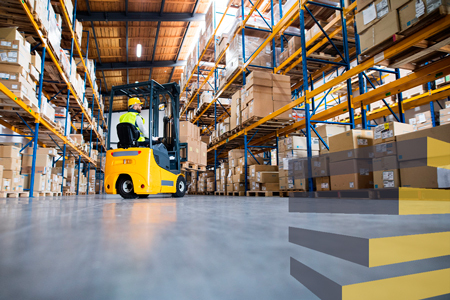
Logistics parks are also at the forefront of technological advancements in the supply chain industry. They often integrate cutting-edge technologies, such as robotics, automation, Internet of Things (IoT) devices, and advanced inventory management systems. Warehouses within these parks can benefit from increased automated efficiency, reduced errors, and improved inventory control.
Still, the successful integration of warehousing and logistics operations requires seamless technological integration. Efficient inventory management systems, order processing software, real-time tracking, and data analytics are essential for effective supply chain management. Integrating these technologies can be complex, especially when different warehousing and logistics providers use diverse systems.
So, implementing compatible and standardized technological platforms is crucial for smooth integration. Companies should invest in flexible and scalable warehouse management systems (WMS) and logistics software that can be easily integrated to provide real-time visibility and data sharing across the supply chain. It is also essential to consider integrated warehouse sustainability techonology.
Failure to synchronize these activities can result in inventory stockouts, and increased operational costs, and not reaching legal compliace with institutions such as OSHA for the US, which oversees warehousinh regulation. Effective communication and collaboration between warehousing and logistics and cross-functional training and regular joint planning meetings can ensure that both teams are aligned.
Serviap Logistics helps with warehouse setup in logistics parks
At Serviap Logistics, we provide services for warehouses and logistics parks in Brazil, Mexico, and the United States. Our assistance includes supporting processes of refitting, managing, setup and relocation.
We count some of the world’s biggest companies among our satisfied clients and partners, covering a wide range of sectors, including automotive, e-commerce, and wholesale, among others. We supply help for many areas of warehousing, such as floor marking, labeling, racking, collision protection, and signage.
Contact us if you would like to know more about how we can help you set up or level up your warehouse-based operations in and out of logistics parks.


